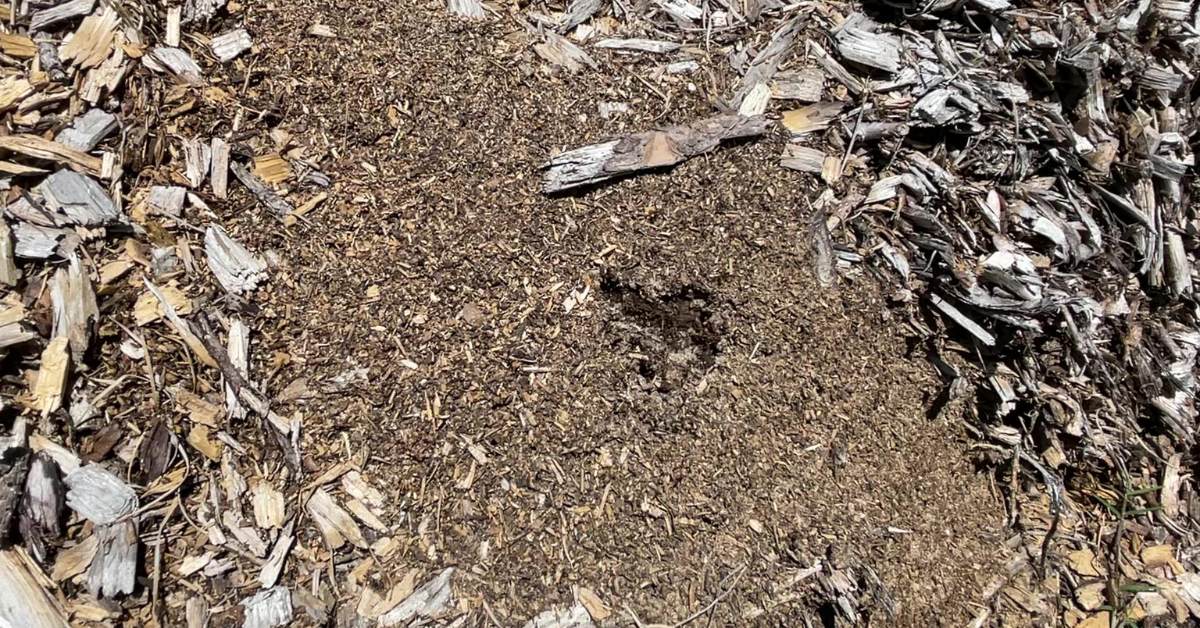Have you considered using “cinder blocks” to create raised beds in your garden?
I’ve gardened in concrete block beds for years, and I love them for several reasons. Today, I want to address some common misconceptions about the toxicity of concrete blocks, explore the ease of construction and maintenance, and highlight a few of my favorite benefits.
Whether you are a seasoned gardener or just starting out, concrete raised beds offer a practical and budget-friendly option for growing your own vegetables and herbs!
Dispelling Misconceptions: Concrete vs. Cinder Blocks
One common misconception about concrete raised beds is the potential toxicity of cinder blocks.
However, it is important to note that most blocks available in hardware stores today are actually concrete blocks, not cinder blocks.
In the past, cinder blocks were made with fly ash, a byproduct of coal processing, which was toxic.
However, most modern concrete blocks no longer contain fly ash.
When shopping for blocks for your raised garden beds, ask if they are fully concrete blocks (and not “cinder” blocks) to avoid potential toxicity concerns.
Why I Choose to Garden in Cinder Block Raised Beds
My garden consists of in-ground rows, wood chip “Back to Eden” areas, deep mulch beds, vertical towers, and raised beds.
As you can see, I like diversity in my growing space!
But, when it comes to raised beds, they are ALL made of concrete blocks.
Here are a few reasons why….
1. Easy Construction and Maintenance
The beauty of concrete raised beds lies in their simplicity. Constructing a concrete bed involves lining up the blocks to create a rectangular or square shape according to your desired dimensions.
It is recommended to keep the width of the bed within 4 feet to allow for easy access and maintenance.
Unlike wooden beds that can rot over time, concrete beds offer durability and longevity.
Additionally, there is no need to prepare the ground extensively before setting up a concrete bed.
Simply mow down the area, lay weed fabric, and start assembling the blocks!
2. Moderate Soil Depth
While some raised bed designs feature tall structures to minimize bending over, concrete beds offer a more moderate soil depth.
Most plants do not require more than 12 inches of soil, making the 10 to 12-inch depth of concrete beds suitable for a wide range of crops.
This moderate soil depth not only saves on costs but also promotes efficient water drainage and prevents over-saturation.
For plants with deep root systems, such as peppers or okra, simply poke holes in the weed fabric to allow the roots to reach the native soil.

Dream of Filling Your Pantry with Homegrown Staples?
Plan your garden with our FREE PRINTABLE—Staples Garden: What to Plant to Feed Your Family for a Year!
3. Built-in Flower and Herb Borders
One unique feature of concrete blocks is the two holes present inside each block.
These holes provide an excellent opportunity to create built-in flower and herb borders within your raised bed. By planting flowers and herbs in these holes, you can maximize space for vegetable production in the main area of the bed.
Select companion plants that benefit the crops you are growing, such as basil alongside tomatoes.
This built-in border also adds visual appeal to your raised bed while enhancing biodiversity and pest management.
4. Built-in Frames for Support
Another advantage of concrete raised beds is their ability to support shade cloth and frost cloth. This benefit just might be my favorite!
By inserting rebar into the blocks and connecting them with poly tubing, you can easily create a structure for draping shade cloth or frost cloth over your plants.
This built-in frame provides protection from extreme temperatures and allows for better control over the growing environment.
What You Should Know Before Installing Concrete Block Raised Beds
While concrete raised beds offer numerous benefits, there are a few considerations to keep in mind.
Weeds can still emerge through the soil, so it is essential to lay down weed fabric before filling the bed.
Prices pulled from the Amazon Product Advertising API on:
Product prices and availability are accurate as of the date/time indicated and are subject to change. Any price and availability information displayed on [relevant Amazon Site(s), as applicable] at the time of purchase will apply to the purchase of this product.
Also, concrete has a tendency to retain heat, which can lead to faster soil drying.
Be sure to water your concrete raised beds more frequently to compensate for this.
As for filling your bed, you can either purchase a raised bed mix from the store or create your own mix using topsoil, composted manure, peat moss, and vermiculite or perlite.
Concrete raised beds provide an excellent alternative to traditional wooden beds as they last far longer. Plus, they’re easy to install and provide built-in flower and herb borders as well as support for shade cloth and frost cloth!
Enjoy the benefits of this practical and budget-friendly option as you grow your own fresh produce and create a beautiful outdoor space.











